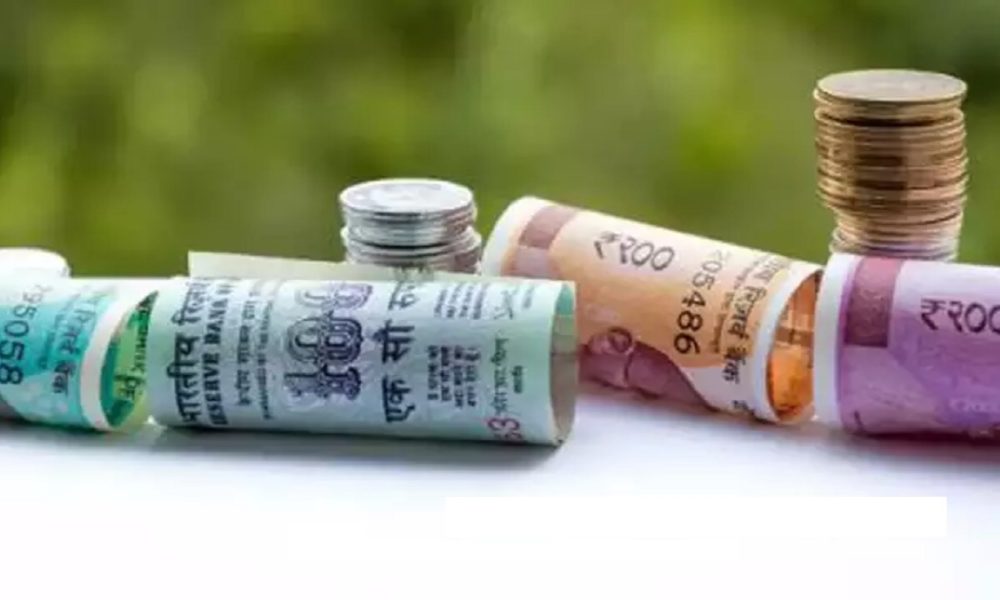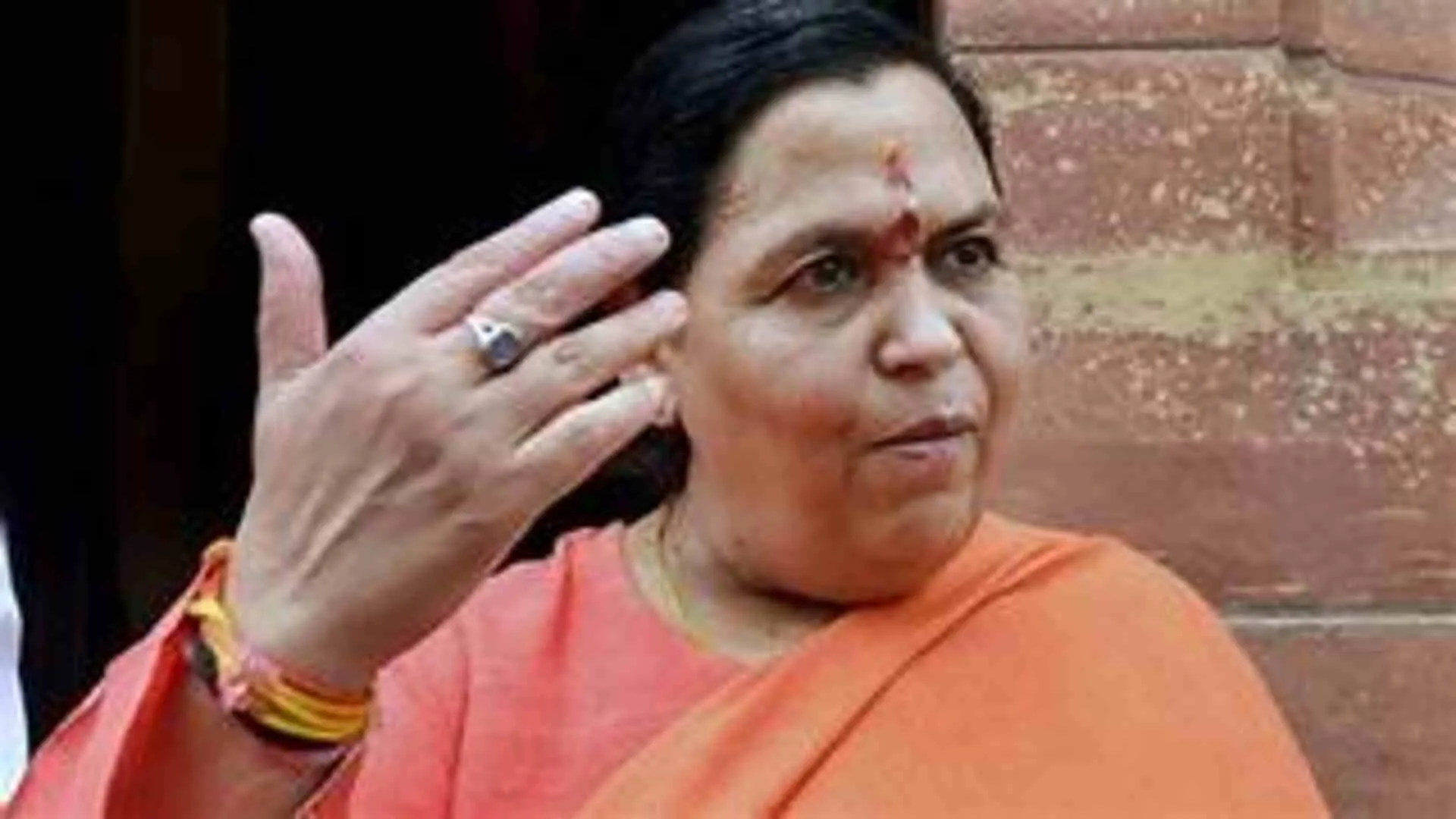Union Finance Minister Nirmala Sitharaman on Monday launched the National Monetisation Pipeline (NMP) that includes the Centre›s four-year plan to monetise its brownfield infrastructure assets. The government has planned a Rs 6 lakh crore pipeline of assets that can be monetised which includes a range of assets put on the block for private sector participation, over a four-year period, from Financial Year 2022 to Financial Year 2025.
While launching the pipeline, Sitharaman said: “National Monetisation Pipeline talks about brownfield assets where investment is already being made, where there are assets either languishing or not fully monetised or under-utilised.”
“Asset monetisation, based on the philosophy of creation through monetisation, is aimed at tapping private sector investment for new infrastructure creation. This is necessary for creating employment opportunities, thereby enabling high economic growth and seamlessly integrating the rural and semi-urban areas for overall public welfare,” she added.
The Finance Minister while enumerating the reforms and initiatives undertaken by the current government towards accelerated infrastructure development and for incentivising private sector investments, including ‹Scheme of Financial Assistance to States for Capital Expenditure›, which incentivises state governments to recycle state government-owned assets for fast-tracking greenfield infrastructure, said, «At this point, the list of assets that are coming, are all the Central government›s assets. We are not talking about states.”
Highlighting the strategic objective of the programme, Vice Chairman, NITI Aayog, Dr Rajiv Kumar said, “It will unlock the value of investments in brownfield public sector assets by tapping institutional and long-term patient capital, which can thereafter be leveraged for further public investments.” He also emphasised on the modality of such unlocking, which is anticipated to be by way of structured contractual partnership as against privatisation or slump sale of assets.
NITI Aayog CEO Amitabh Kant added that the policy is envisaged to serve as a medium-term roadmap for identifying potential monetisation-ready projects, across various infrastructure sectors. «The NMP is aimed at creating a systematic and transparent mechanism for public authorities to monitor the performance of the initiative and for investors to plan their future activities,» he said.
«Asset Monetisation needs to be viewed not just as a funding mechanism, but as an overall paradigm shift in infrastructure operations, augmentation and maintenance considering the private sector›s resource efficiencies and its ability to dynamically adapt to the evolving global and economic reality. New models like Infrastructure Investment Trusts and Real Estate Investment Trusts will enable not just financial and strategic investors but also common people to participate in this asset class thereby opening new avenues for investment. I hence consider the NMP document to be a critical step towards making India›s infrastructure truly world-class,» he added.
Earlier this year, Prime Minister Narendra Modi’s administration announced a privatisation plan which would leave government ownership only in a few critical sectors.
Although Covid-19 lockdowns and the subsequent downturn have slowed the privatisation process, the government still hopes to raise Rs 1.75 trillion from such sales in the current fiscal year to March 2022.
In the current fiscal year, the government expects to list state-run Life Insurance Corp. of India, and privatise state-run oil refiner Bharat Petroleum Corp Ltd and state carrier Air India Ltd. Proceeds from privatisation are crucial for India, which witnessed a record fiscal deficit of 9.3% in the last fiscal year to March 2021, when the economy contracted by 7.3%.
By the end of the current 2021-22 fiscal year, the government aims to cut the fiscal deficit to 6.8% and revive economic growth to 10.5%.
WITH AGENCY INPUTS























